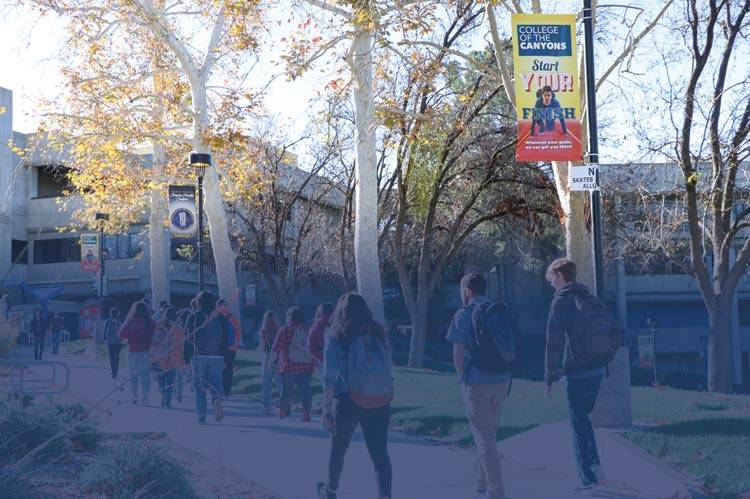Write Program SLOs
Developing Assessment Plans for Department-Level Programs
In addition to assessing the SLOs for courses, departments are also responsible for assessing the programs within that department.
In order to develop an assessment plan for instructional programs within your department, follow these steps (for how to create an assessment plan for a non-instructional program, please see Appendix F):
Step 1: Decide how many programs your department has.
Title 5 defines a program as an organized sequence of courses leading to a defined objective, a degree, a certificate, a diploma, a license, or transfer to another institution of higher education.
- Programs can also be defined as student pathways
- Programs are often organized by academic disciplines and departments, but not always
- Many departments may have multiple programs the number will vary by the number of degreesand certificates and also by student pathways through the departments oerings
- Your department may have a course or two that is part of another departments program
- Some departments may not have a program solely contained within the department they may,instead, be part of the GE program and/or one of the General Arts and Sciences degrees.
Some questions to ask:
- Does my department have any degrees and certificates? If yes, each degree and certificate is a pro-gram, and each one must have one or more program SLOs.
- Why do students take the courses in my department?
- If it is primarily to fulfill GE requirements, then those courses are part of the GE program (youll be working with your GE group to write and assess GE program SLOs)
- If students take a series of courses in preparation for another program (for example, biology as pre-nursing preparation or basic skills courses as preparation for transfer-level), that cluster of courses could be defined as a program.
- If students take a sequence or concentration of courses in your department as preparation for a major they will declare after transfer, that cluster of courses could be defined as a program.
Step 2: Consider the purpose/goals of each program.
When trying to write a program SLO, it is often helpful to create a mission statement for the program
- Program mission statements may or may not be different from the mission statement for your department. A department with a single program may have the same mission statement for department and program, while a department with multiple programs will likely have a broader department mission statement and more specific program mission statements.
- A mission statement will often begin with the program in question, then make a statement about what that program does or provides, and to whom or for whom it is provided.
You also might ask yourself questions:
- What will a student who completes this program be able to do?
- What concepts or skills run throughout all (or many) of your programs courses?
- What skills or knowledge will students who complete the program have?
- What will students gain from completing this program?
Step 3: Decide how many SLOs your program needs.
Some programs may only need one SLO
-
Some programs consist of courses that all develop a single skill through various topics (for example, literary analysis is a single skill developed through practice with multiple literary traditions and genres)
- Some programs have a capstone course that ties together elements from all of the other courses in this case, the capstone course SLO(s) can also be the program SLO(s) (for example, a paralegal studies capstone course that integrates concepts from previous courses and provides students the opportunity to practice them in a workplace setting)
Other programs may need several SLOs
- Some programs courses may develop two or more strands of knowledge or skills within the pro-gram (for example, a psychology program may include courses that fall into biological and social psychology or a modern language program may have goals in both linguistic and cultural competence)
- Some programs may have a split focus between content knowledge or theory and the application of that knowledge (for example, a science program that has lecture and lab components or a CTE program that focuses on both content area and workplace (or soft) skills)
Step 4: Draft your program SLOs.
Writing program SLOs is very similar to writing course-level SLOs. Keep the SLOs focused on the students(what will the student be able to do?) as opposed to the teacher (what will be taught?)
- Use critical thinking verbs (use the Curriculum Committees verb chart see Appendix G)
- Avoid verbs that are not readily observable (such as understand or know or feel)
Step 5: Double check your SLO with assessment in mind.
Make sure that the program SLO is something that is readily observable and measurable in other words, build in assessment from the beginning. Don't create a program SLO that you cant envision a way to ob-serve or evaluate or that requires data that you wont be able to access.

 My Canyons
My Canyons  Canvas
Canvas 
